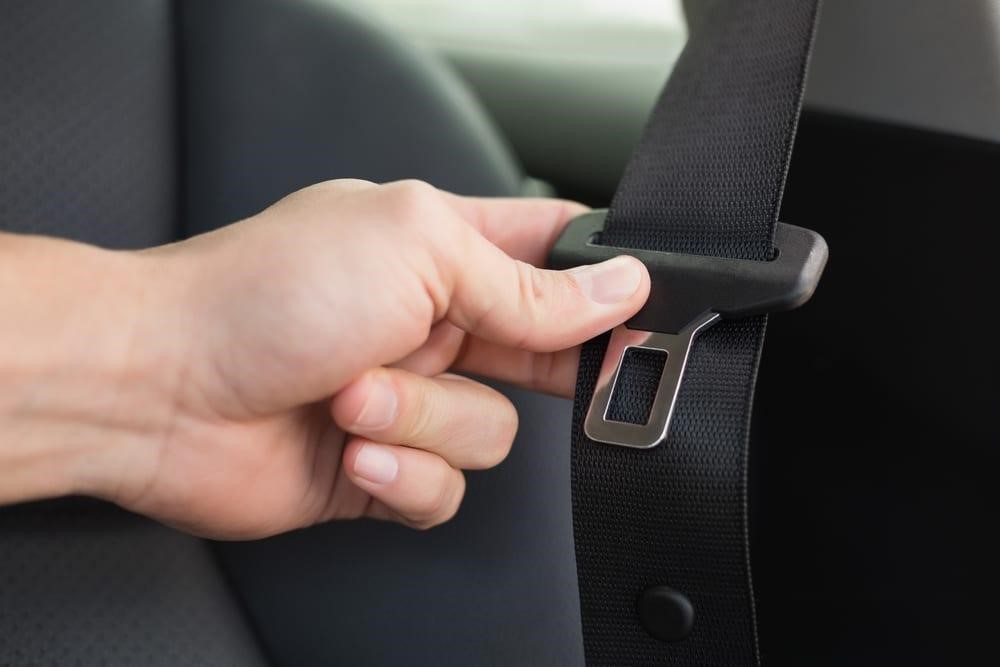Seatbelts are a crucial safety feature in any vehicle, designed to protect passengers during accidents. However, like any other component of your car, seatbelts require regular maintenance to ensure they function properly when needed. Here are some essential seatbelt maintenance tips to keep your safety belts in top condition.
1. Regular Inspection
Inspect your seatbelts regularly for any signs of wear and tear. Look for fraying, cuts, or other damage on the webbing. Check the stitching for any signs of unraveling. Damaged seatbelts can fail in a crash, so it’s important to replace any compromised belts immediately.
2. Cleaning the Webbing
Over time, seatbelt webbing can accumulate dirt, grime, and stains. Clean the webbing using a mild detergent and warm water. Avoid harsh chemicals or bleach, as they can weaken the fibers. Use a soft brush to gently scrub the webbing and then rinse thoroughly with clean water. Allow the seatbelt to dry completely before retracting it.
3. Checking the Retractor Mechanism
The retractor mechanism is responsible for retracting and locking the seatbelt. Test the retractor by pulling the seatbelt out slowly and then letting it retract back into place. If the seatbelt doesn't retract smoothly or if it gets stuck, the mechanism might need to be cleaned or repaired. Dust and debris can accumulate in the retractor, affecting its performance.
4. Ensuring Proper Locking
The locking mechanism of the seatbelt is crucial for safety. To test it, pull the seatbelt out quickly and see if it locks in place. If the seatbelt doesn’t lock during a sudden pull, it may be a sign that the mechanism is faulty. In such cases, consult a professional to inspect and repair the locking mechanism.
5. Lubricating the Buckle
Seatbelt buckles can become stiff or jammed over time. Apply a small amount of silicone spray or a similar lubricant to the buckle to keep it functioning smoothly. Avoid using oil-based lubricants, as they can attract dirt and cause further issues.

6. Avoiding Sharp Objects
Keep sharp objects away from seatbelts to prevent cuts and abrasions on the webbing. Avoid using seatbelt covers or clips that can interfere with the proper functioning of the seatbelt.
7. Replacing Damaged Seatbelts
If you notice any significant damage to the seatbelt, such as severe fraying, cuts, or a faulty retractor, replace the seatbelt immediately. Seatbelts are not a component to be taken lightly, and using a damaged seatbelt can be extremely dangerous.
8. Professional Inspection
Have your seatbelts inspected by a professional mechanic during regular vehicle maintenance checks. A professional can identify potential issues that you might miss and ensure that your seatbelts are in optimal condition.
Conclusion
Regular seatbelt maintenance is essential for ensuring the safety and longevity of your vehicle's seatbelts. By following these maintenance tips, you can keep your seatbelts in good working order, providing the necessary protection in the event of an accident. Remember, a well-maintained seatbelt can save lives, so never neglect this crucial aspect of vehicle safety.
Also Read: Reverse Parking Tips: Master the Art of Backing In










_1766570474.webp)